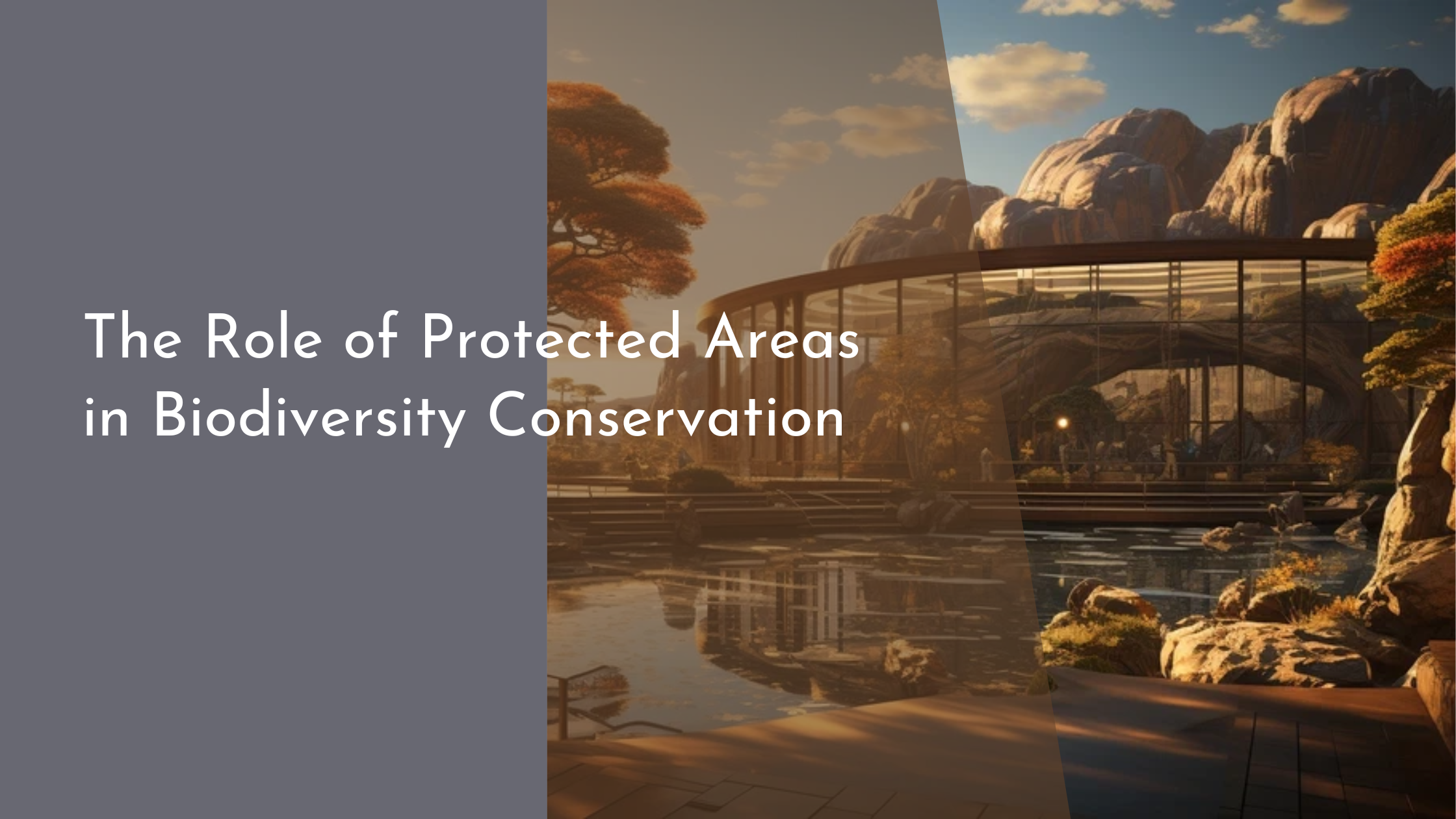The Role of Protected Areas in Biodiversity Conservation
Protected areas are a cornerstone of biodiversity conservation worldwide. They serve as sanctuaries for countless species and ecosystems, providing a refuge from the impacts of human activities. With the increasing pressures of habitat destruction, climate change, and overexploitation, the role of protected areas has never been more crucial. This article explores the multifaceted contributions of protected areas to biodiversity conservation, highlighting their importance for wildlife, the ecosystem services they support, the challenges and opportunities in their management, and future directions for enhancing their effectiveness.
The Importance of Protected Areas for Wildlife
Protected areas play a critical role in preserving the rich tapestry of life on Earth. They act as safe havens for wildlife, offering a refuge from urbanization, agriculture, and other forms of habitat destruction. By providing undisturbed areas for breeding, feeding, and shelter, protected areas help maintain viable populations of endangered and endemic species. They also facilitate the natural processes of evolution and adaptation, enabling species to thrive in their native habitats. From majestic tigers prowling the forests of India to rare orchids flourishing in tropical rainforests, protected areas safeguard the diverse species that make our planet unique.
Moreover, protected areas function as vital corridors for migratory species, ensuring their survival across changing landscapes. Migratory birds, marine turtles, and large mammals often traverse vast distances, relying on a network of protected areas to rest, feed, and reproduce. By maintaining these crucial pathways, protected areas help preserve the natural rhythms of migration, supporting the resilience and genetic diversity of species. In this way, they contribute to the broader ecological balance, fostering sustainability and resilience in ecosystems around the globe.
How Protected Areas Support Ecosystem Services
Beyond their role in preserving wildlife, protected areas are instrumental in maintaining essential ecosystem services that benefit human societies. They contribute to regulating climate by sequestering carbon, thus helping mitigate the impacts of global warming. Forests, wetlands, and grasslands within protected areas absorb carbon dioxide, acting as natural carbon sinks that help stabilize the Earth’s climate. Additionally, these areas play a crucial role in water regulation, ensuring clean and reliable water supplies for communities and industries by maintaining healthy watersheds that filter and store freshwater.
Furthermore, protected areas offer cultural, recreational, and educational opportunities that enrich human lives. People of all ages and backgrounds visit these natural treasures for recreation, inspiration, and solace, experiencing the beauty and wonder of the natural world first-hand. They provide venues for ecological research and environmental education, fostering a deeper understanding of the intricate web of life and cultivating a stewardship ethic that underpins conservation efforts. By supporting mental well-being and promoting sustainable tourism, protected areas contribute significantly to the quality of life for people across the globe.
Challenges and Opportunities in Management
Managing protected areas poses several challenges that can impede their effectiveness in conserving biodiversity. One of the primary challenges is insufficient funding, which can limit the capacity to enforce regulations, conduct scientific research, and engage in community outreach. Without adequate resources, protected areas may become vulnerable to illegal activities such as poaching, logging, and mining, threatening the very species they are meant to protect. Additionally, climate change looms as a significant challenge, altering habitats and forcing species to adapt or migrate to new areas.
Despite these challenges, numerous opportunities exist to enhance the management of protected areas. Engaging local communities as active partners in conservation efforts can foster a sense of ownership and stewardship, leading to more sustainable management practices. Community-based conservation initiatives empower local populations, incorporating traditional knowledge and practices into management plans. Moreover, leveraging technology, such as remote sensing, GIS, and automated monitoring systems, can provide valuable data for making informed management decisions, helping to optimize resource allocation and improve conservation outcomes.
Future Directions for Biodiversity Protection
Looking ahead, the expansion and strategic designation of protected areas will be vital for bolstering biodiversity conservation. Identifying and prioritizing areas of high biodiversity value, such as biodiversity hotspots and keystone ecosystems, can maximize the ecological benefits of protected areas. Establishing transboundary protected areas can enhance connectivity across regions and countries, enabling species to move freely and adapt to changing environmental conditions. Collaborative international efforts can also ensure that protection efforts are harmonized, creating a cohesive global network of protected areas.
Adapting protected area management to address the impacts of climate change will be another critical focus. Implementing adaptive management strategies that account for shifting species distributions and changing ecosystem dynamics can enhance the resilience of protected areas. Integrating climate change projections into conservation planning can help anticipate future challenges and mitigate potential impacts. By embracing innovative approaches and fostering cross-sector partnerships, the conservation community can ensure that protected areas continue to play a pivotal role in safeguarding the planet’s biodiversity for generations to come.
Protected areas are a beacon of hope in the ongoing effort to conserve the planet’s rich biodiversity. By serving as sanctuaries for wildlife, supporting vital ecosystem services, and providing a platform for research and education, they play an indispensable role in maintaining the health and integrity of our natural world. Despite the challenges they face, protected areas present numerous opportunities for innovative management and collaborative conservation efforts. As we look to the future, further expanding and strengthening these areas will be essential in ensuring the continued survival of the myriad species that share our planet. Through concerted global action and an unwavering commitment to conservation, we can safeguard the Earth’s biodiversity for the benefit of all life forms.


